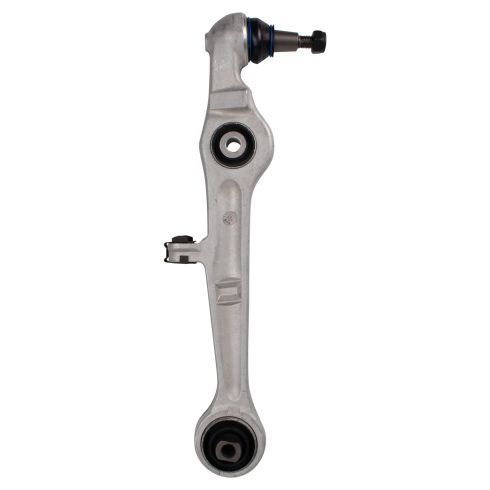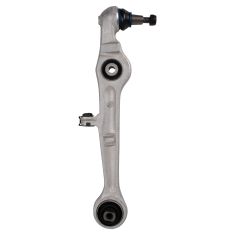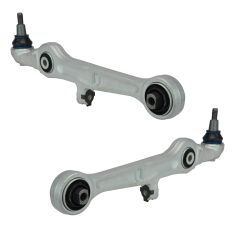1ASLF00449-Audi A4 A4 Quattro RS4 S4 Front Control Arm with Ball Joint TRQ PSA84144

Replaces
2002 Audi A4 Quattro 8th Vin Digit E Front Driver Side Forward Lower Control Arm with Ball Joint TRQ PSA84144

Product Reviews
Loading reviews
5.00/ 5.0
2
2 reviews
Lower control arm
March 28, 2019
Part came in 2 days! And fits just right! Thanks 1a auto! Definitely recommend!
A plus service!
August 17, 2019
was not sure which part I needed but after the help I received from your costumers service representative I knew that the part he was talking about was the right one. Thanks for being there and the much needed help!
Customer Q&A
No questions have been asked about this item.
Audi is a registered trademark of Audi AG. 1A Auto is not affiliated with or sponsored by Audi or Audi AG.
See all trademarks.












